Haeunjae / 하은재
8.6Km 2025-08-12
68-10, Jahamun-ro, Jongno-gu, Seoul
Haeunjae (下隱齋), meaning “hermit’s residence,” is a hanok (traditional Korean house) residence located in Seochon Hanok Village, near Gyeongbokgung Station on Seoul Subway Line 3. It is dedicated to the ideal of “movies and rest,” and takes after the characteristic form of modern hanok with a small courtyard. The entire house is rented out at once, with a queen bedroom, kitchen, movie room, and two restrooms. Up to 4 guests can reserve the house, with each additional guest above the standard of 2 having access to additional bedding.
The movie room is furnished with a Bose sound system, beam projector, and screen, along with a mobile foot bath. The kitchen is equipped with a refrigerator, hand drip coffee maker, toaster, electric kettle, and utensils. A 10% discount is available for guests staying for more than 2 nights on weekdays, and towel replacement and cleaning services are offered for guests staying for more than 3 nights.
The residence is located close to tourist sites like Tongin Market, Gyeongbokgung and Changdeokgung Palaces, and Samcheong-dong area.
Nunnamujip (눈나무집)
8.6Km 2020-06-16
136-1, Samcheong-ro, Jongno-gu, Seoul
+82-2-739-6742
Nunnamujip is famous for a North Korean dish called, “Kimchi mari guksu”, which is a noodle dish in cold kimchi soup containing toasted laver, a boiled egg, and sesame. The soup is refreshingly cold and a little spicy. For “Kimchi mari bap”, a bowl of rice is put into cold kimchi soup instead of noodles. The taste is very unique. In addition to Kimchimari, “Tteokgalbi” is a popular dish on the menu as well.
The main restaurant is located in the basement, which has only limited seating capacity with a few tables. As a result, many people usually wait in line for lunch or dinner. A second franchise has opened in a three-story building across the street. To enjoy a quaint atmosphere, the first establishment is better, but the new one’s interior design is much more modern and fancier, giving it a fresh altering look.
Darakjeong (다락정)
8.6Km 2021-03-26
131-1, Samcheong-ro, Jongno-gu, Seoul
+82-2-725-1697
Darakjeong has been popular for a long time because of the simple taste of its traditional Mandu (Korean stuffed dumpling). Since its opening in 1991, tasty soup and scrumptious Mandu have been served. A fist-sized Mandu is fully packed with seasoned meat, bean-curd, and various vegetables. Its thick dough makes it chewy and delightful. For one person, “Manduguk”(boiled dumpling soup) is a good choice. The delicious and nourishing taste of Mandu goes well with the sweet, spicy, and fresh taste of the soup. Manduguk is served in a brass bowl which keeps the food warm while eating. For a large-size group, “Mandujeongol” cooked with various vegetables in a casserole is recommended. There are two types of Mandujeongol that have different tastes. The main characteristic of “Kimchi Mandujeongol” is its spicy flavor, which reminds people of the refreshing taste of Kimchi soup, and “Tojang Mandujeongol” expounds on the savory taste of bean-paste soup. Tojang means folk soybean-paste. “Nokdujeon”(a Korean pan-fried dish with green mung bean) is another famous dish at Darakjeong, which is pan-fried with a very light seasoning to emphasize the original taste of Nokdu (green mung bean). Salted oysters with hot pepper are served with Nokdujeon instead of soy sauce, which is a perfect match.
Cheong Wa Dae (Casa Azul) (청와대)
8.6Km 2024-05-17
Cheongwadae-ro 1, Jongno-gu, Seúl
Cheong Wa Dae (también conocida como Casa Azul) se compone del Edificio de la Oficina Principal, Yeongbingwan (Residencia de los Huéspedes de Estado), Chunchugwan (Pabellón de Primavera y Otoño), el parque Nokjiwon, Mugunghwa Dongsan y el santuario Chilgung. Las formas singularmente únicas de los edificios guardan un gran interés. Su estética sigue el estilo tradicional coreano. Las tejas azules y las suaves líneas curvas del techo del edificio principal son bellísimas. Aproximadamente 150.000 tejas componen el techo de Cheong Wa Dae, cada una de las cuales fueron cocidas al horno, en forma individual, de modo que son suficientemente fuertes como para ser usadas por más de un siglo. Mirando hacia la derecha encontrará Chunchugwan. El techo de Chunchugwan fue hecho de las tradicionales tejas de barro cocido y aquí es donde el presidente de la nación llevaba adelante sus conferencias de prensa. A la izquierda de la Oficina Principal, se halla Yeongbingwan. Esta construcción fue diseñada para alojar grandes conferencias y eventos oficiales durante las visitas de los invitados extranjeros. Luce muy lujosa y magnificente con sus 18 columnas de piedra que sustentan al edificio. Asimismo, puede pasear por el jardín Nokjiwon y el valle Mugunghwa. Nokjiwon es donde una sucesión de presidentes plantaron árboles en ocasiones memorables. Allí, hay un famoso árbol que tiene 310 años de edad. El valle Mugunghwa se encuentra lleno de flores de la rosa de Sharon, una fuente y una estatua del ave fénix, que conforman el lugar perfecto para la toma de fotografías. El lugar presenta un paisaje aún más bello entre julio y octubre, cuando las flores mugunghwa, la flor nacional, rompen sus pimpollos y cubren el jardín con su aroma. Todos los obsequios entregados al presidente se encuentran dispuestos aquí en exposición. Desde mayo de 2022, el predio de Cheong Wa Dae se encuentra abierto al público.
Dar un paseo por los alrededores de Cheong Wa Dae es un gran placer, por los paisajes atractivos y peculiares. Estos caminos de paseo se despliegan por un lado del palacio Gyeongbokgung pasando por Cheong Wa Dae y llegando al Parque de Samcheong-dong. El trayecto desde la puerta Dongmun del palacio Gyeongbokgung hasta Cheong Wa Dae es el recorrido más bello. Junto a un camino que se despliega por el centro, se encuentra el Muro de Piedra del Palacio Gyeongbokgung hacia la izquierda, las galerías de arte, y los edificios antiguos hacia la derecha. Junto al Muro de Piedra del Palacio Gyeongbokgung crecen árboles añejos que relajan y reconfortan a los que pasean junto a él. Gracias a sus coloridas hojas, el sendero se convierte en un paseo muy romántico durante la época de otoño. Cruzando la calle se encuentran la Galería Hyundai y el Museo Kumho, entre otros lugares artísticos, y también hay una variedad de cafeterías elegantes.
Calle Frontal de Cheong Wa Dae (청와대 앞길)
8.6Km 2022-06-30
Gungjeong-dong, Jongno-gu, Seúl
La calle frontal de Cheong Wa Dae (también conocida como Casa Azul) está abierta al público e incluye el Hyoja Samgeori (intersección de tres calles) en Hyoja-dong y el Palpan Samgeori (intersección de tres calles) en Palpan-dong. Cuando se camina por la calle Hyoja-ro, desde la Estación de Gyeongbokgung del metro, se pueden ver una fuente, el jardín Mugunghwa, y los pabellones Daegogak y Yongbingwan. Al principio de la calle, enfrente de Cheong Wa Dae, árboles y hermosos jardines de flores decoran los dos lados de la misma, creando un agradable lugar para pasear.
Cheonggyesan Gondeurejip (청계산곤드레집)
8.6Km 2021-03-19
1, Cheongnyongmaeul, 1-gil, Seocho-gu, Seoul
+82-2-574-4542
This is a Korean cuisine located in Cheonggyesan Mountain, Seoul. A restaurant specializing in bibimbap. The best menu at this restaurant is thistle rice.
Hamgyeongdo Chapssal Sundae (함경도찹쌀순대)
8.6Km 2021-03-30
32, Songpa-daero 28-gil, Songpa-gu, Seoul
+82-2-403-8822
This is a Sundae-soup restaurant that serves sundae with Hamgyeongdo-style glutinous rice. This restaurant's signature menu is blood sausage. This Korean dishes restaurant is located in Songpa-gu, Seoul.
Universidad Femenina de Ewha (이화여자대학교)
8.6Km 2023-07-03
Ewhayeodae-gil 52, Seodaemun-gu, Seúl.
NUHADANG [Korea Quality] / 누하당 [한국관광 품질인증]
8.6Km 2020-09-10
49-7, Pirundae-ro, Jongno-gu, Seoul
010-9692-1330
Guesthouse Nuha is a ‘hanok’ or traditional Korean house consisting of four guestrooms located in Nuha-dong, Seochon (west of Gyeongbokgung Palace, Jongno, Seoul) where many Confucian scholars and artists lived during the Joseon Dynasty.
Exuding a refined atmosphere, Guesthouse Nuha is very popular among not only domestic visitors but also foreign tourists who want to experience the flavor of Korea in a cozy hanok. All four guestrooms (An-bang, Sarang-bang, Geul-bang, and Byeol-dang) are covered with eco-friendly hanji (traditional Korean paper handmade from mulberry tree) wallpaper, and are equipped with a thick cotton-wool comforter and pillows imbued with the scent of Hinoki cypress tree to help guests relieve their fatigue.
Breakfast is served free of charge. Guests can also experience traditional Korean culture here, such as playing a Korean musical instrument (janggu or double-headed drum), playing a game of yut in the yard, or wearing hanbok (traditional Korean clothes). Although a local bus service passes through the village, it is highly recommended to take a quiet leisurely around the area.
Gustare (구스따레)
8.7Km 2021-08-07
Wiryeseong-daero 134, Songpa-gu, Seúl.
+82-2-414-9260
Jack Steak serves authentic American steaks and great-tasting wine to go along with the meal. The restaurant presents a cozy and comfortable atmosphere, a refined interior, a great selection of wine, and delicious top-grade steaks.
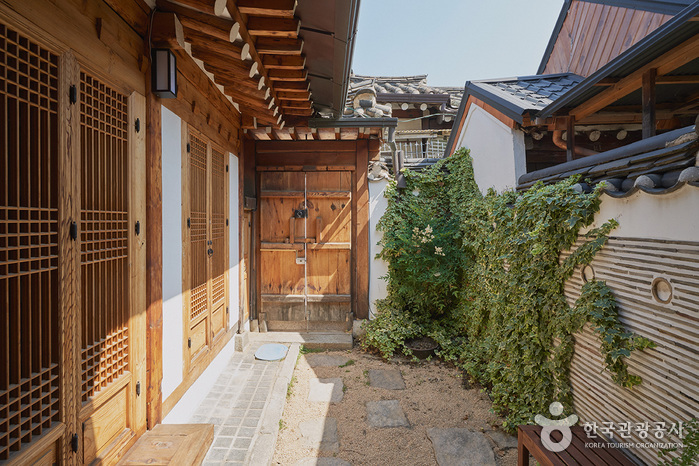
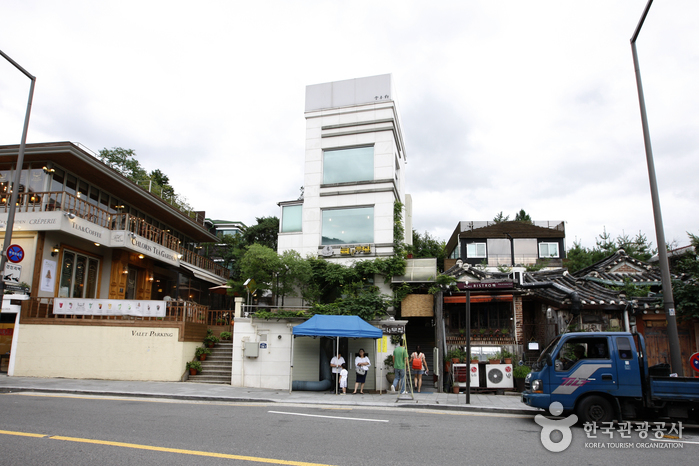
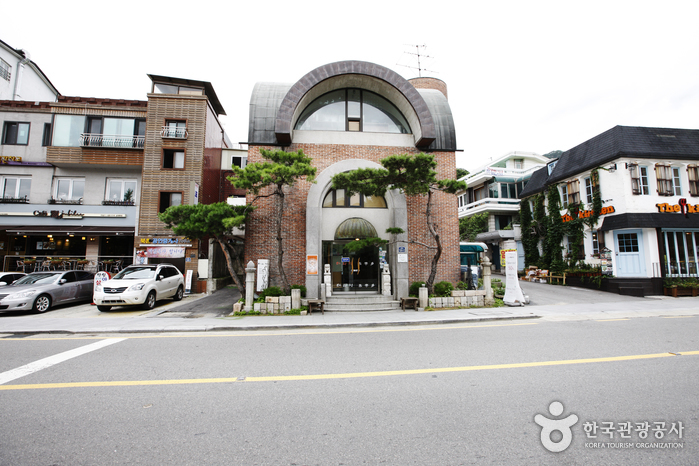
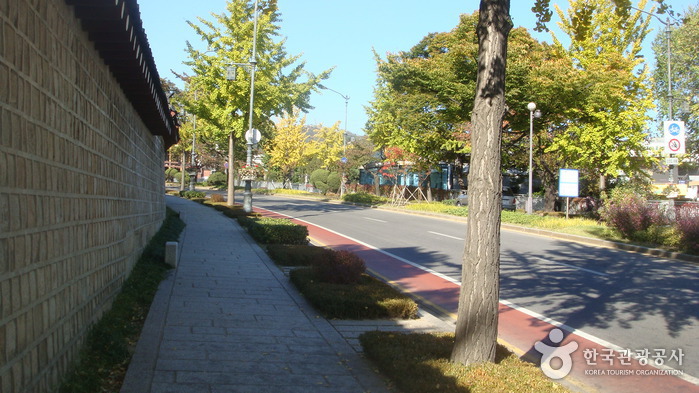
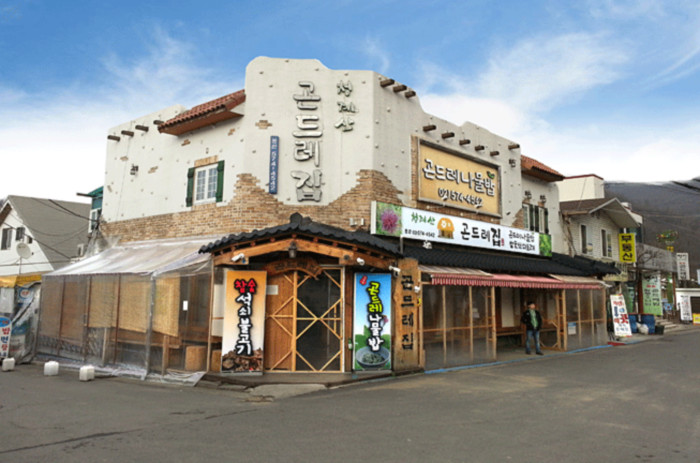
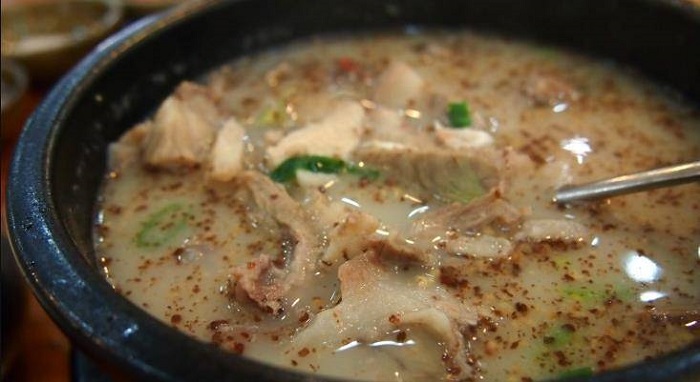

![NUHADANG [Korea Quality] / 누하당 [한국관광 품질인증]](http://tong.visitkorea.or.kr/cms/resource/58/2532358_image2_1.jpg)
 Español
Español
 한국어
한국어 English
English 日本語
日本語 中文(简体)
中文(简体) Deutsch
Deutsch Français
Français Русский
Русский